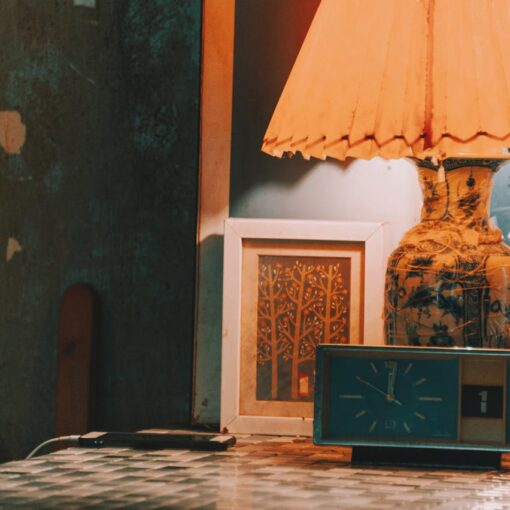Let’s be honest—when you walk into a gallery or scroll through endless Instagram feeds, it’s easy to feel a little lost. What makes a photo *artistic*? Is it the subject? The editing? The price tag? Or maybe just the frame?
Good news: you don’t need a degree in art history to tell the difference between a decorative snapshot and a real piece of fine art photography. You just need the right cues, a bit of curiosity, and a sharp eye.
First, what exactly is “fine art photography”?
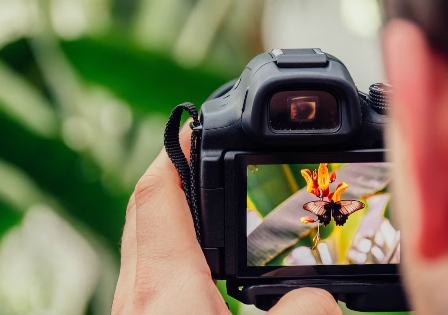
We’re not talking about vacation pics or food close-ups (even if they’re beautifully lit). Fine art photography is intentional. It’s the photographer expressing an idea, a concept, an emotion—something beyond just showing what’s in front of the lens.
Think of it as visual storytelling, but with layers. A fine art photo doesn’t just say “this is what I saw”, it says *”this is what I felt, this is what I want you to feel too”.*
Ever seen a photo by Francesca Woodman? Or one of Gregory Crewdson’s eerie, cinematic tableaux? That’s fine art. It’s crafted, not just captured.
So how do you spot a quality fine art photograph?
1. There’s intention behind the image
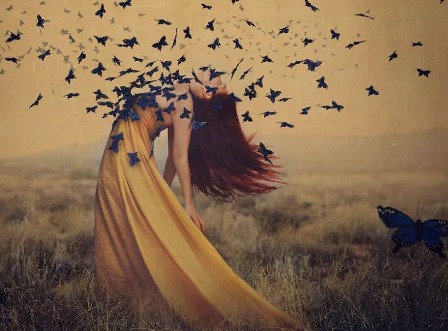
A strong fine art photograph isn’t random. It doesn’t rely on luck. Look for signs of thought: composition, lighting, mood. If you get the sense the photographer knew *exactly* what they were doing—good sign.
Ask yourself: does this photo feel like it came from someone who had something to say? Or does it just look… pretty?
2. It evokes something—emotion, memory, even discomfort

Ever stood in front of a photo and felt a knot in your stomach? Or found yourself smiling without realizing why? That’s power. Quality art photography tends to trigger something real in you. It lingers. You remember it the next day. Sometimes even years later.
One time, I saw a tiny black-and-white portrait at a fair in Arles. Nothing flashy. Just a woman standing in silence, eyes closed, hair blowing slightly. But it stopped me cold. Still does, honestly.
3. Technical skill is there—but it doesn’t show off
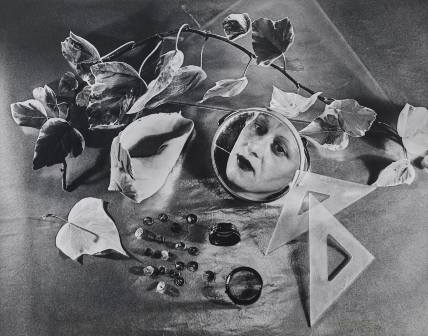
Yes, the image should be technically solid: focus, exposure, print quality if it’s on paper. But good technique doesn’t mean flashy effects or ultra-saturated filters. In fact, when technique is too obvious, it often distracts from the message.
Quality photography whispers. It doesn’t scream “Look how sharp I am!”.
4. It stands apart—there’s a unique voice
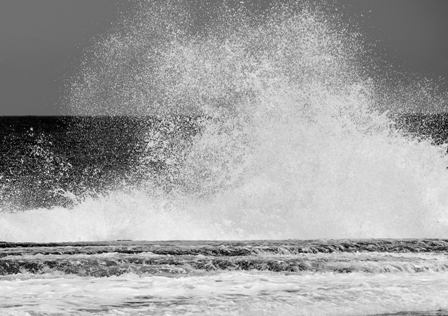
In a sea of lookalike content, a fine art photo with *personality* jumps out. It may be strange, minimal, chaotic, perfectly balanced—doesn’t matter. What counts is that it couldn’t come from just anyone.
You can often recognize the photographer’s signature, even if you’ve never seen their work before. That’s rare, and valuable.
5. It works as a series, not just one image
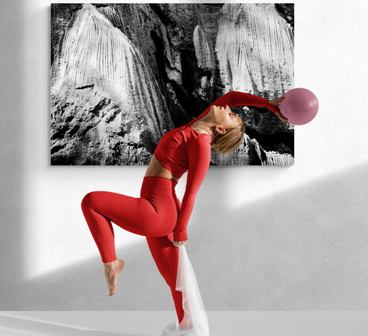
Fine art photography often lives in series. A single photo can be strong, but when it’s part of a cohesive body of work? That’s when things click. It shows consistency, depth, commitment to a vision.
Look up Alec Soth or Rinko Kawauchi. Their work unfolds like chapters. One photo supports the next. That’s quality.
Bonus: What about price?

Ah yes—the tricky part. Is expensive always better? Nope. But price can reflect time, materials, or the artist’s recognition. A high price doesn’t guarantee quality, but a suspiciously low one might be worth a second look.
If you’re thinking of buying, ask: is it a limited edition? Is it signed? What’s the print process? (Pigment print on archival paper? That’s a good sign.)
Also—don’t forget to trust your gut. If it moves you, challenges you, makes you pause… maybe it’s already a masterpiece for you.
In short?
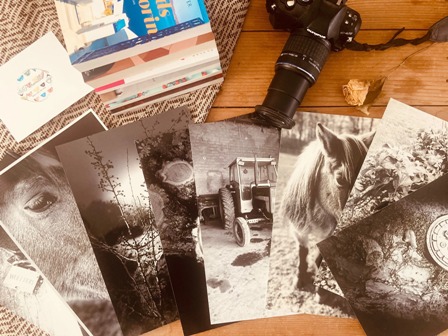
Fine art photography isn’t about being fancy or obscure. It’s about depth, intention, and a little bit of magic. Next time you’re scrolling or visiting an exhibition, slow down. Look a little longer. What’s the photo really trying to say?
And more importantly—what does it say to *you*?


